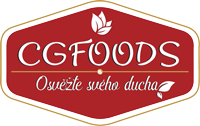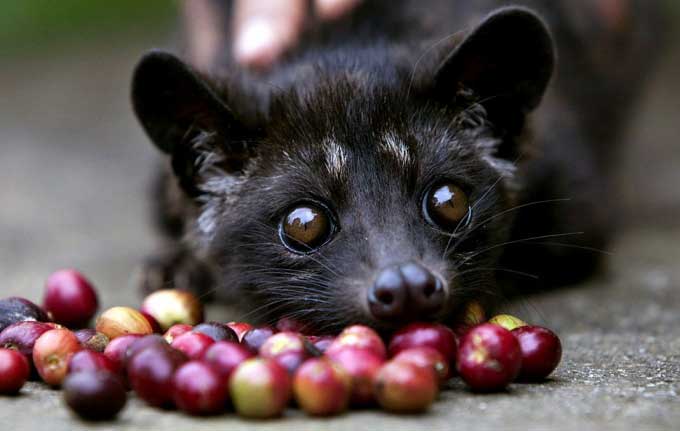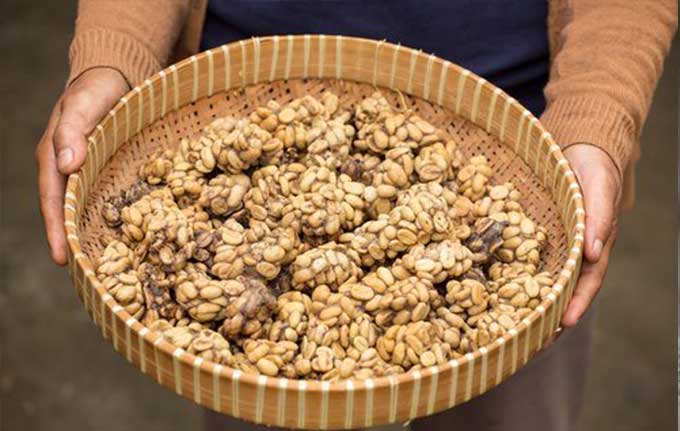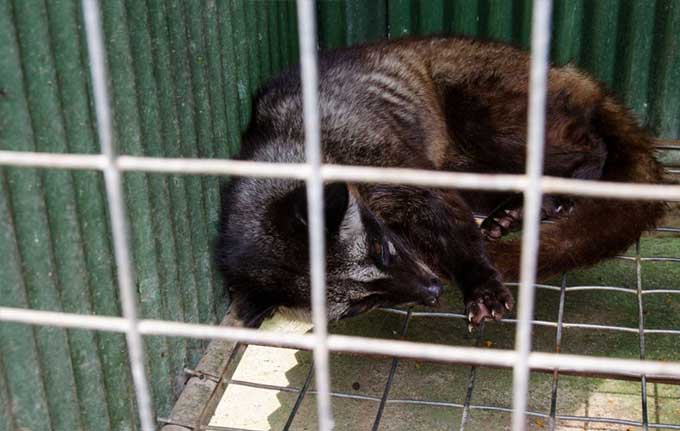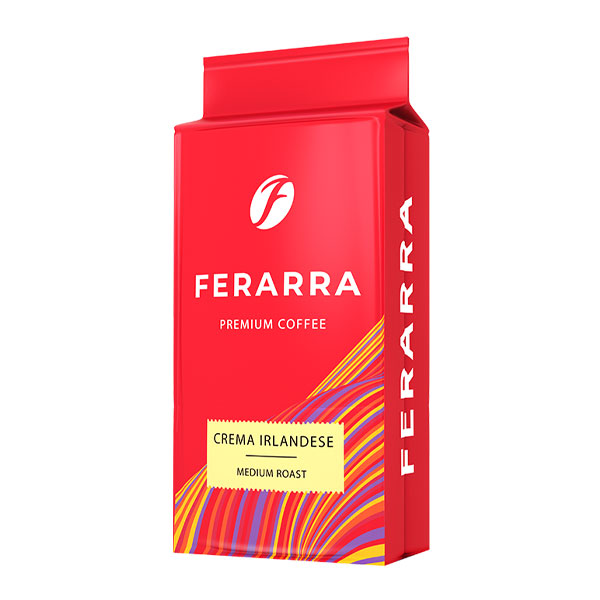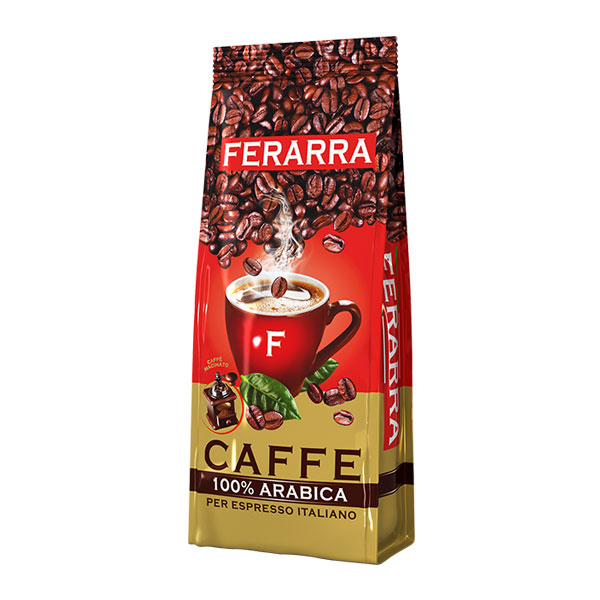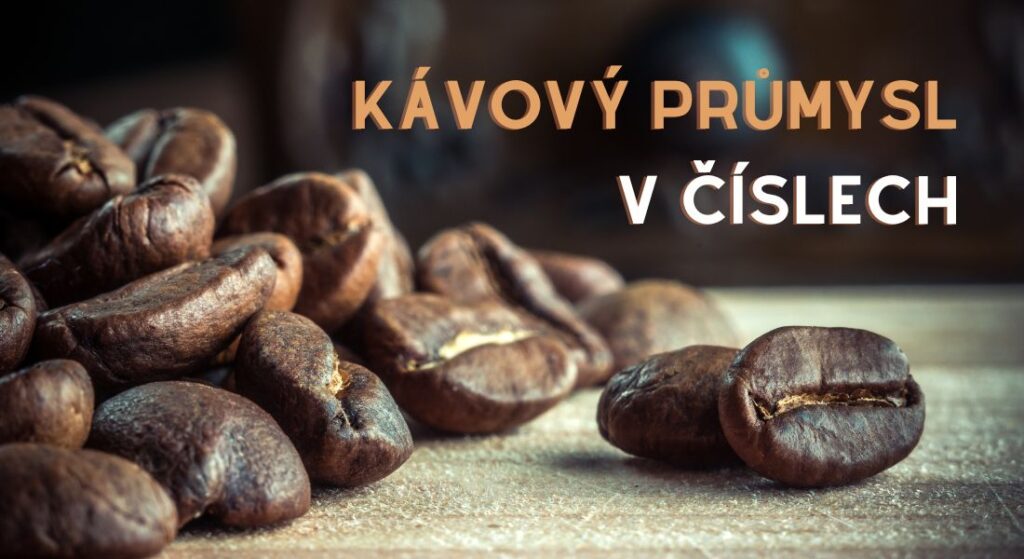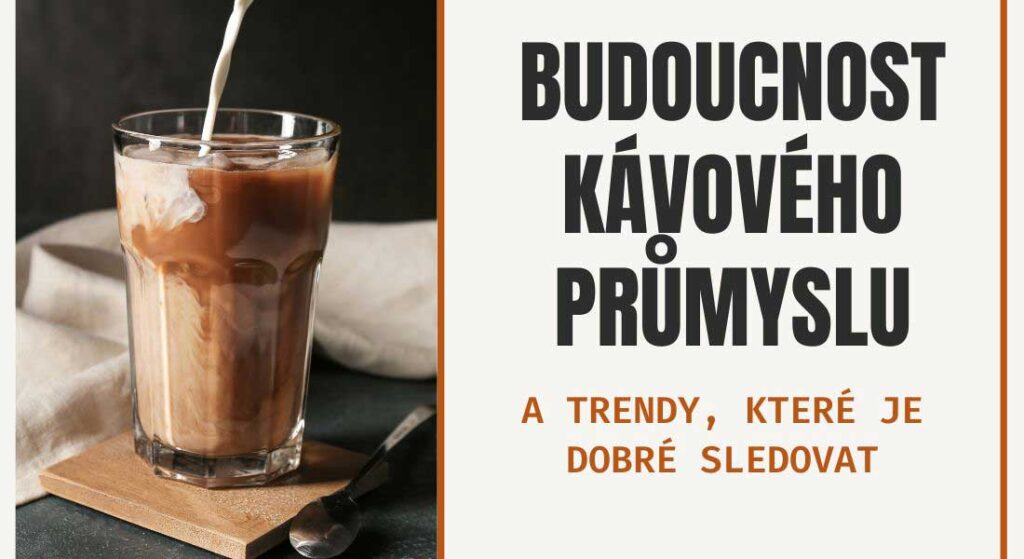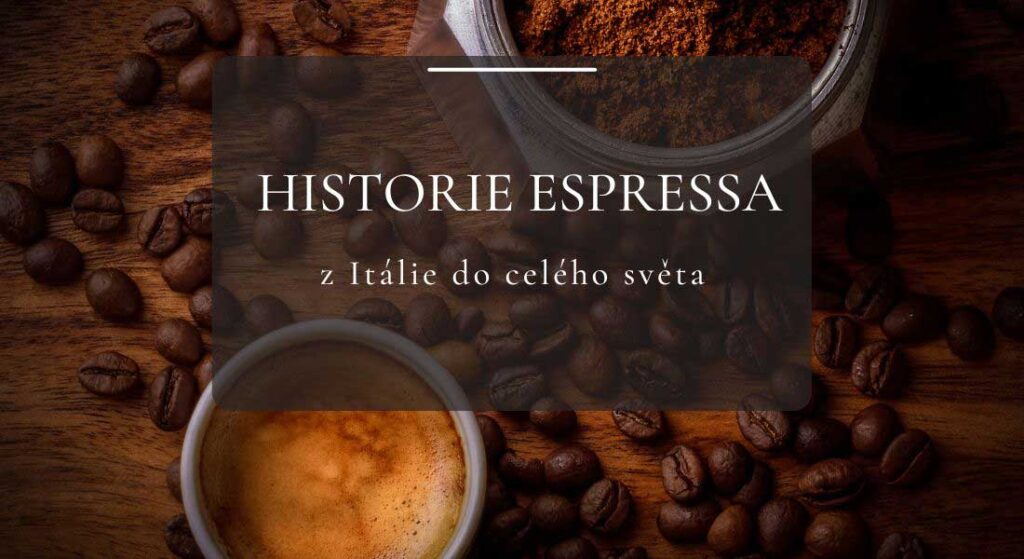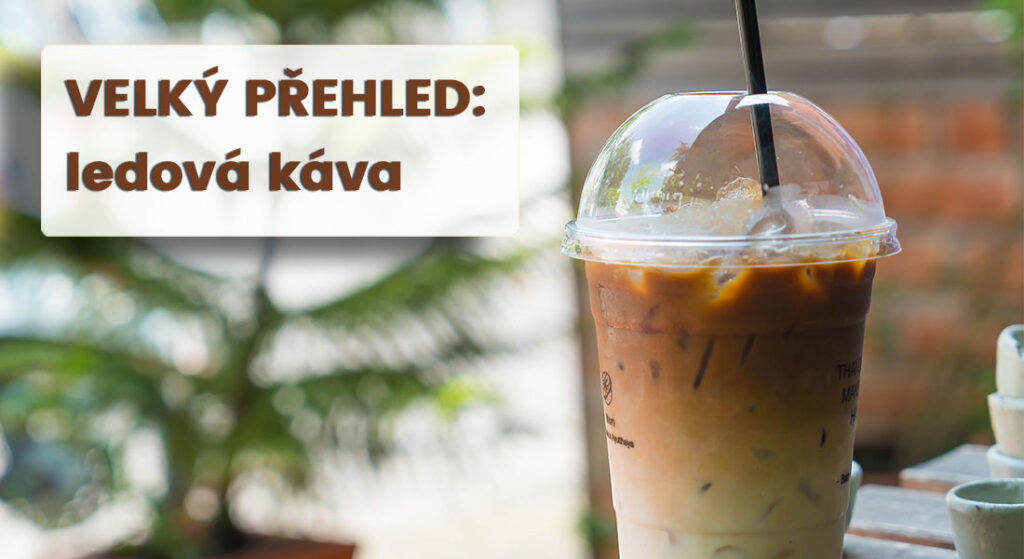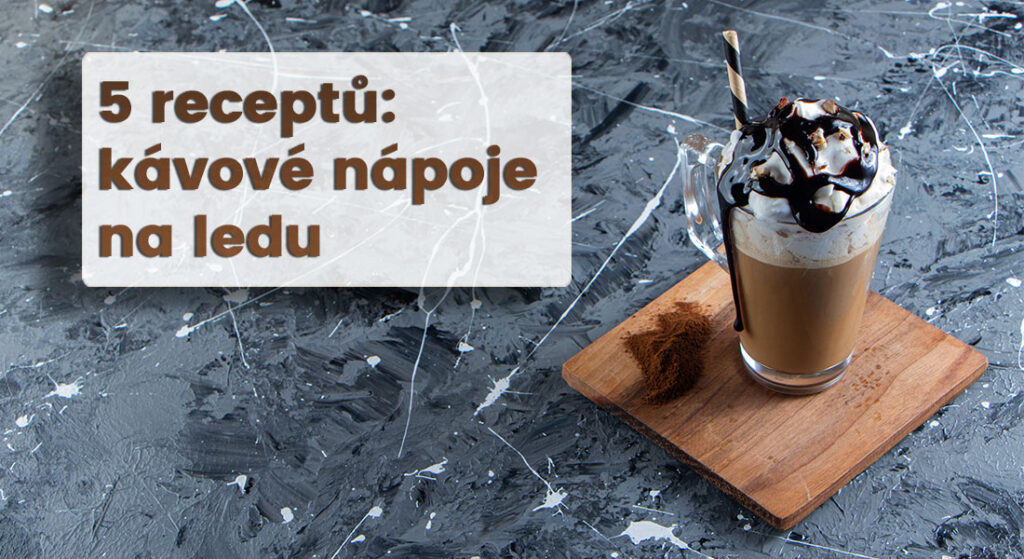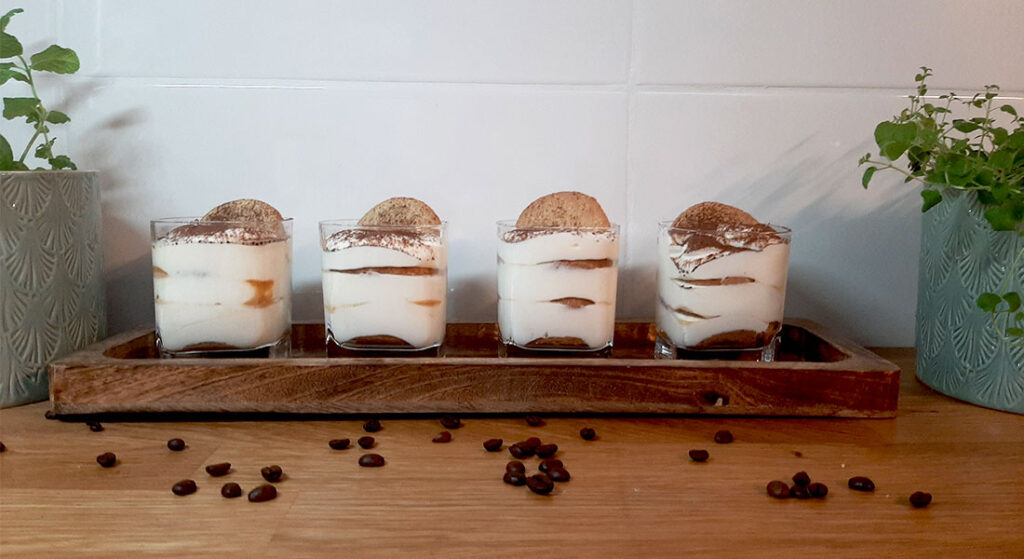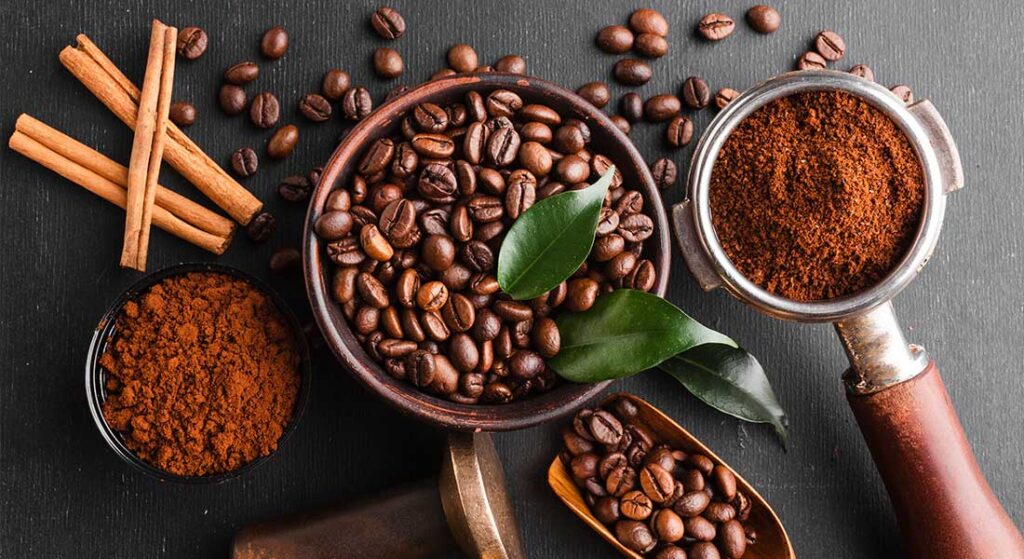The most sought-after and at the same time the most expensive coffee... It is undoubtedly Kopi Luwak, or civet coffee. How could someone think of collecting such coffee beans and what actually makes them unique?
Whoever does know what makes civet coffee special and that its collection is somewhat unusual. No need to walk around hot mash, this coffee is made from the droppings of a small civet animal native to Asia. In the past, indigenous coffee pickers led us to the origin of this valuable coffee. If only they had known then what they had actually discovered…
What is civet coffee?
Způsob produkce a zpracování této kávy se může nejednomu z nás zdát nevšední až poněkud nechutný. Kávovou třešeň i se slupkou musí nejdříve sníst zvířátko oviječ skvrnitý, který si do svého jídelníčku vybírá jen zralé plody, jelikož jsou nejsladší. V trávicím systému se zrna oddělí od vrchních slupek a začnou kvasit. Poté je cibetka neporušené vytráví, jelikož jsou zrna pro tohoto tvora nestravitelná. Následně tyto “kávové hromádky“ hledají sběrači a zrna se dále zpracovávají. Práce to rozhodně není jednoduchá, sběrači často musí prolézat trnitými keři a těžko přístupnými místy. Díky enzymu v trávicím traktu oviječe získávají zrna jemnější a méně hořkou chuť.
Meet the civet
The exact name of this "coffee maker" is the Asian Palm Civet. It is a small civet-like beast that reaches a length of about 90 cm and weighs 2 to 5 kg. It lives mainly in South and Southeast Asia at high altitudes, but it can also occur near people - such as in parks, plantations or around farms. It is most active especially at night. As far as food is concerned, it mainly prefers fruit and flower nectar, but it does not disdain small arthropods or vertebrates. Civet is a solitary animal, but it is often chased by people. And not only because of coffee, but also because of meat, and quite often also because of the damage it causes to the fruit crop.
How did the collection start?
The first civet coffee was discovered by Dutch colonialists in Indonesia in the 19th century. At this time, they brought coffee to the Indonesian archipelago and started growing it there. As the coffee was intended exclusively for sale, the natives were strictly forbidden to collect coffee for their own use. Therefore, they had no choice but to search for civet droppings, which varied their diet with coffee cherries. They then treated it the same as if it had been picked directly from the coffee tree.
Other 'animal' coffees:
Bird coffee
Civet coffee is really unusual in its origin and taste, but have you heard of bird coffee? The beans of the so-called "Jacu Coffee" are digested by the burrowing bird dusky-legged guan, which lives in southern parts of Brazil and surrounding countries. It is very similar to our pheasant. It chooses only the ripest fruits, which it then digests and expels. They are then collected in the same way as for civets. It has a full sweet taste with notes of citrus fruits.
Monkey Coffee
And to top it off, we add monkey coffee, which is made by a monkey named rhesus macaque living in Asia. In the parts of India, they also reach coffee trees, whose cherries they nibble on and, unlike civet or bird coffee, they do not eat the beans but spit them on the ground. These grains are then collected and further processed. However, the beans are often damaged, as the stone is bitten when chewing the cherry, and therefore there is only a very small amount of this coffee.
Why is civet coffee so expensive?
Although originally civet droppings containing coffee cherries were collected only because the natives had no other option to take the coffee beans home. Today, however, coffee processed in this way is extremely in demand. Because of the taste and also because of its low production, it is currently the most expensive coffee in the world. Its origin is in the Philippines, where only half a ton is produced annually. Coffee is not collected in large quantities, and in addition, during processing, it significantly loses its weight compared to other types. You will not get more than 2 kg of roasted coffee from 10 kg of raw beans. The retail price nowadays ranges from CZK 27,000 per 1 kg.
How civet coffee is collected and how does it actually taste?
Sběr cibetkové kávy není pro sběrače žádný med, a to hlavně proto, že trus cibetek se nachází převážně v horách a nejčastěji v hustém křoví, kde cibetka tráví většinu času. Zkušený sběrač nebo sběračka si dovede cibetku dokonce i vystopovat. Po nalezení hromádky se zrnka kávy omývají v horských potocích a nechají usušit na slunci. Po usušení dají zrna do dřevěného nástroje, který připomíná hmoždíř a opracovávají je paličkou. Tento proces nijak zrna neovlivní, ale pomůže je zbavit dalších slupek. Následně se zrna ručně vytřídí a mohou se pražit jako obvykle.
The taste of civet coffee can be a little different for everyone. According to some, civet coffee tastes like dark chocolate, while others say it tastes like caramel. Some even smell plums in it. Due to the natural processing of coffee in the body of civets, the coffee has a stronger aroma as well as taste. Its storage and preparation method also play an important role in maintaining its taste. The difference in taste is also noticeable in which plantation the coffee comes from, as a different type of coffee tree is grown on each.
The dark side of coffee...
Since man is a greedy creature, there are other ways to get hold of civet coffee other than the work of foragers in the wild. There are farms that keep sheep in cages and force them to eat only coffee fruit. Subsequently, they process the grains and sell them significantly cheaper. Therefore, if you want to enjoy coffee without guilt, look for coffee with a certificate of ethical origin that prohibits production in cage farms.
